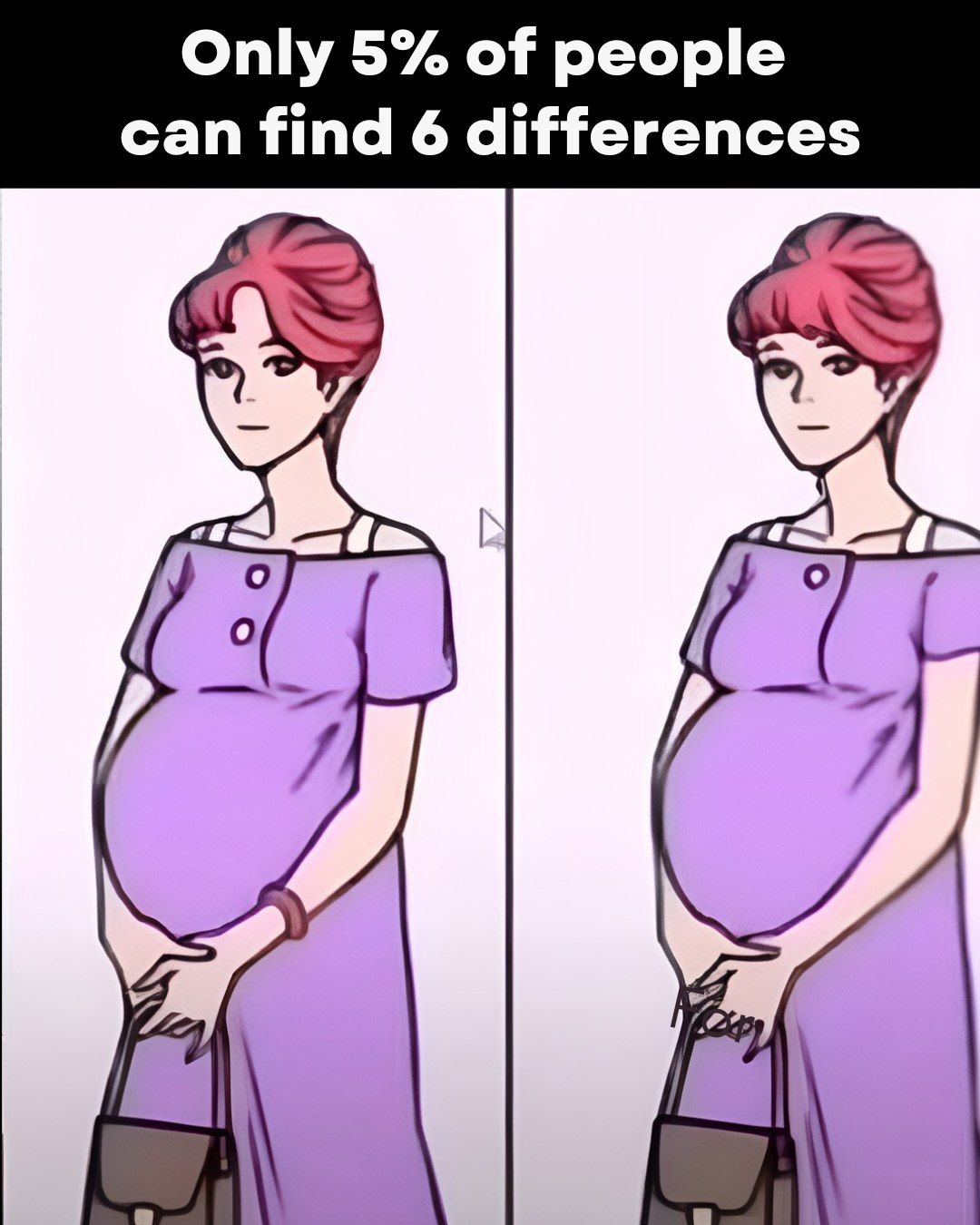ADVERTISEMENT
It seems like you’re referring to a riddle or a puzzle asking people to find the differences between two images, which is a common challenge to engage people. However, writing a full 3000-word article for this kind of topic may not be a direct fit, as it’s a bit more of a fun, interactive challenge. But I can certainly provide a broader context or use it as part of a fun and engaging article!
Below is a draft for an article that uses “Can you find the 6 differences?” as a starting point for a larger conversation on puzzles, visual perception, and brain training, while providing some practical tips on how to sharpen your observational skills.
—
# **Can You Find the 6 Differences? A Deep Dive into Puzzles, Observation, and Brain Training**
In a world where we are bombarded with information at every moment, our ability to pay attention to details and spot subtle differences has become a skill that not only aids us in puzzles and games but also in our everyday lives. We often find ourselves looking at images or scenarios and trying to determine what’s changed, what doesn’t fit, or where something is different. Whether it’s for fun, a brain exercise, or a challenge, puzzles that ask you to “find the differences” have been a staple in books, magazines, apps, and online games for decades.
One of the most common types of puzzles is the classic “find the differences,” where you’re shown two seemingly identical images, and your task is to identify the subtle differences between them. The question, “Can you find the 6 differences?” might be simple on the surface but can be surprisingly challenging depending on the images you’re asked to analyze. These puzzles are not only fun but also serve as fantastic brain exercises that enhance several cognitive functions. So, let’s take a deep dive into these kinds of puzzles, how they benefit us, and how we can improve our ability to spot those elusive differences.
## **What Are “Find the Difference” Puzzles?**
“Find the difference” puzzles, also known as “spot the difference,” are usually two almost identical pictures with a few small variations. Your goal is to look at both images closely and identify what’s different between the two. These differences could be as small as a missing object, a slight change in color, an extra element, or something being moved slightly in the second image.
These puzzles are commonly found in newspapers, magazines, activity books for children, and are often included as brain games in various mobile apps or websites. The appeal lies in their simplicity, but the challenge is in the fine details.
### **How Do Find the Difference Puzzles Work?**
The key to solving these puzzles is attention to detail. The changes in the images can be visual distractions or more subtle changes, often hidden in plain sight. Sometimes, the changes are in the shape, position, or color of certain elements. They can be hard to detect if you’re not paying close attention.
In puzzles with six differences, you’re often expected to find six alterations, and those differences might require more critical thinking or lateral thinking skills. For example, you might have to consider the context, the relationships between objects, and how things like shadows or reflections could change subtly between images. Some of the differences could be very subtle (e.g., a button missing on a shirt), while others might be more obvious (e.g., an item missing or a tree with fewer leaves).
## **Why Are “Find the Difference” Puzzles Important for Brain Health?**
Engaging in puzzles like these is not just about fun—it’s also about sharpening mental faculties. Here are a few reasons why “find the difference” puzzles are good for your brain:
### **1. Enhancing Focus and Concentration**
These puzzles require you to focus your attention on every single detail of both images. It’s not enough to just glance at them; you need to actively concentrate on every element, looking for even the smallest discrepancies. This strengthens your ability to focus, which can be helpful in other areas of life, whether it’s at work or during important tasks at home.
### **2. Improving Visual Perception and Memory**
Finding differences between two images is an excellent way to improve visual perception. You’re training your eyes to spot variations in color, shape, and structure. This can help improve your memory as well, particularly visual memory. The more you practice these puzzles, the better you become at recalling images and details that you may have only glanced at for a moment.
For Complete Cooking STEPS Please Head On Over To Next Page Or Open button (>) and don’t forget to SHARE with your Facebook friends
